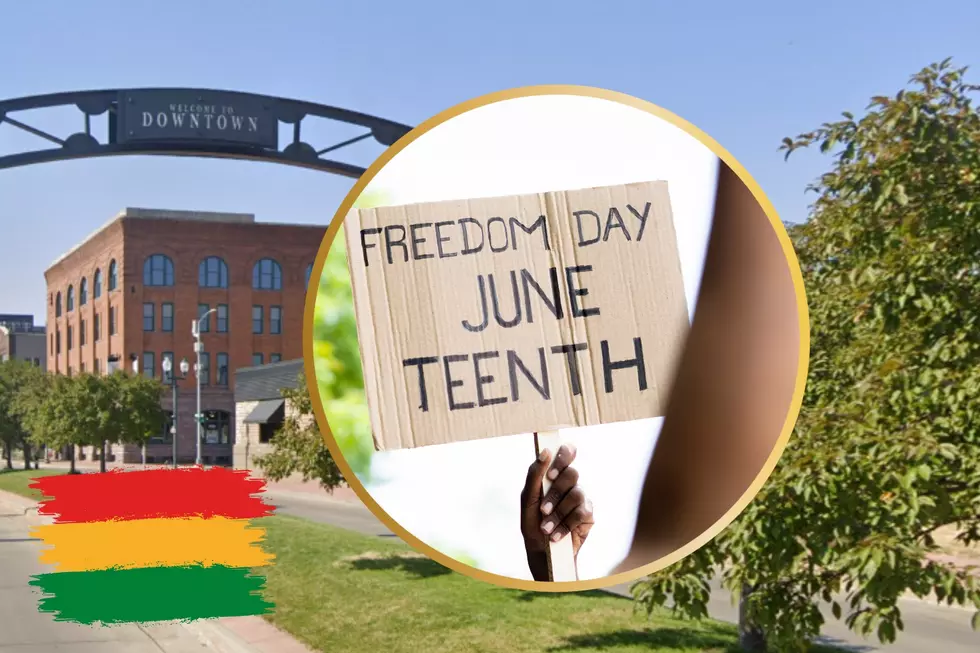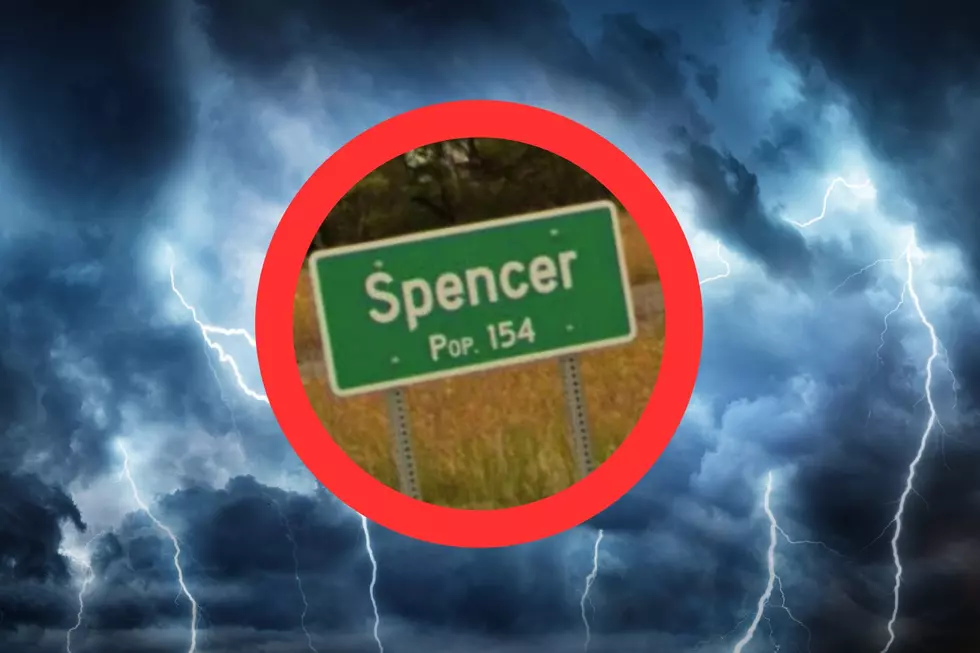
New Year’s Resolution for Sioux Falls: Better Traffic Flow
Granted, Sioux Falls current traffic problems do not approach what you would find in Omaha or the Twin Cities. Call this a preemptive move to keep it that way.
Technically, it’s called adaptive traffic signal technology. In practice, traffic signals are adjusted in real time to reflect what is actually happening.
A stretch of East 26th Street between Van Eps and Highline Avenues already has this system in place with the numbers to back up its effectiveness. At a press conference today, Sioux Falls Public Works showed that since 2014, drivers got through this area 8 percent faster due to shorter intersection queue lengths and fewer stops. Additionally there were 20 percent fewer crashes.
Expect better traffic flow to come once the City of Sioux Falls and the South Dakota Department of Transportation expands the system to Minnesota Avenue from 18th Street to I-229 and West 41st Street from Minnesota Avenue to Marion Road in 2017.
A press release contained comments from Sioux Falls Public Works. “In a growing city, we have to think about far more than creating additional traffic lanes to keep vehicles moving,” said Director Mark Cotter. “If we can find innovative ways to allow drivers to move more efficiently through a corridor, it is a big win for our community.”
“Work on these two stretches will begin this winter, and the technology will likely be activated by early summer. When that happens, we will ask drivers to pay special attention if they are waiting at the traffic lights because the signals may not cycle in the same way. Motorists will notice a positive difference,” says Heath Hoftiezer, Principal Traffic Engineer.
Combined, the three corridors carry 100,000 vehicles (15 percent of the city’s traffic) on a daily basis. Plus with the high traffic counts, many accidents occur in these areas especially on 41st Street from Western Avenue to Terry Avenue.
See Also:
More From Hot 104.7 - KKLS-FM









